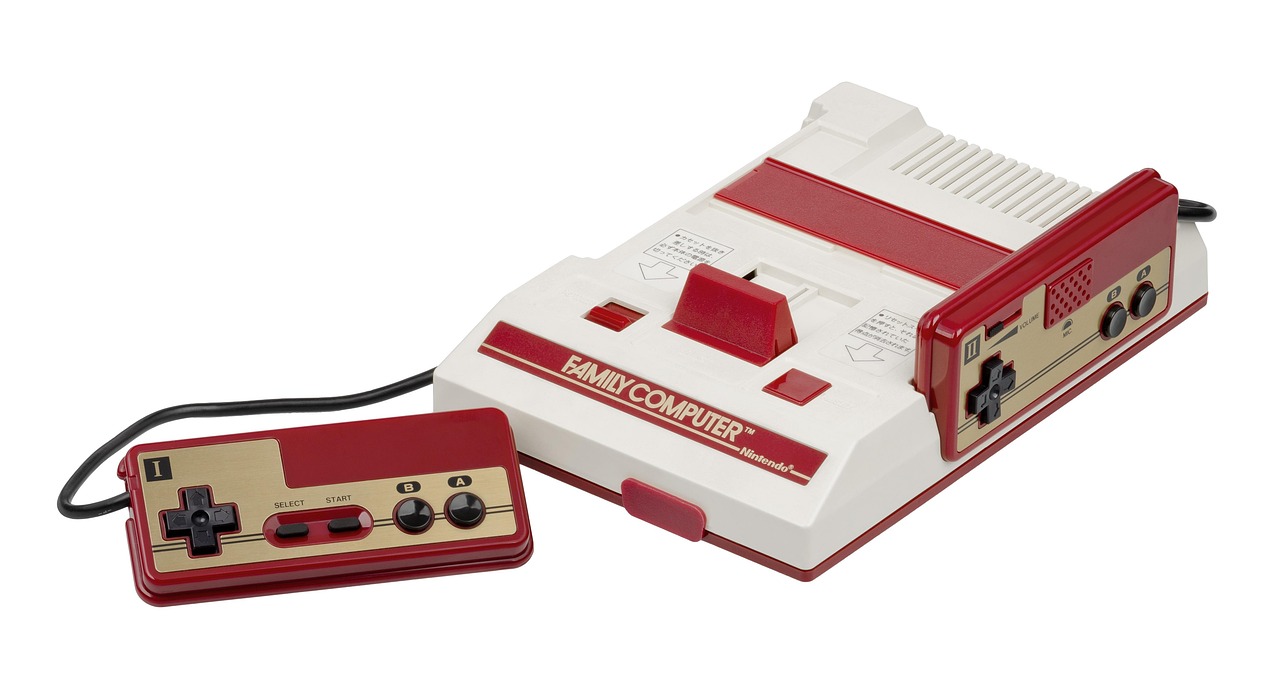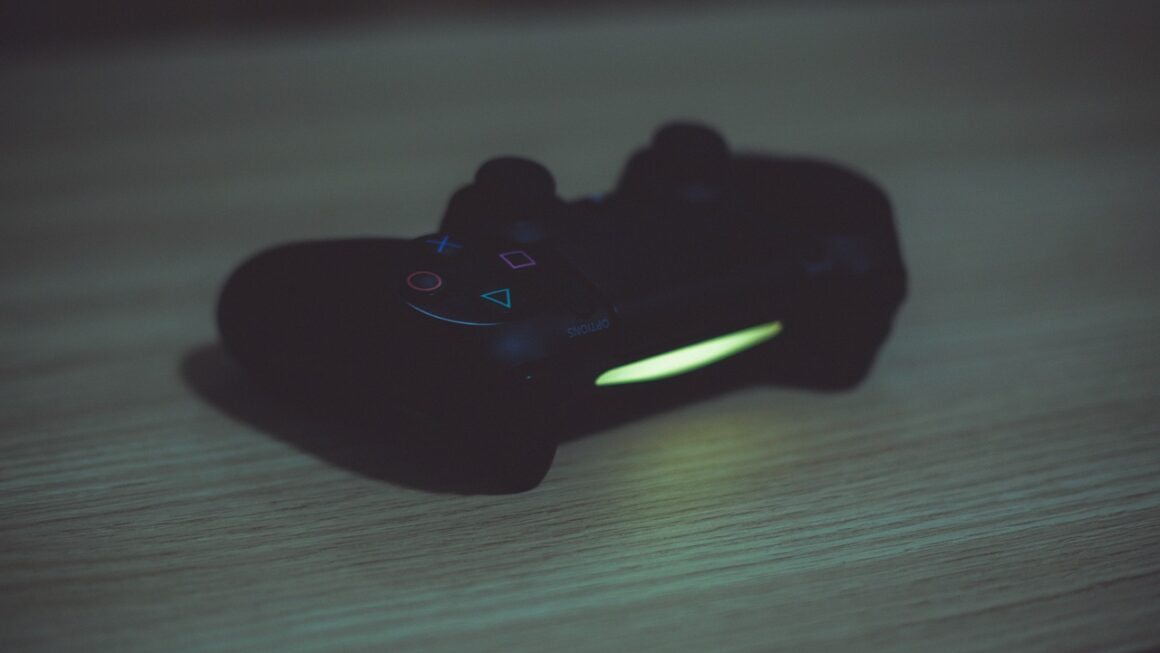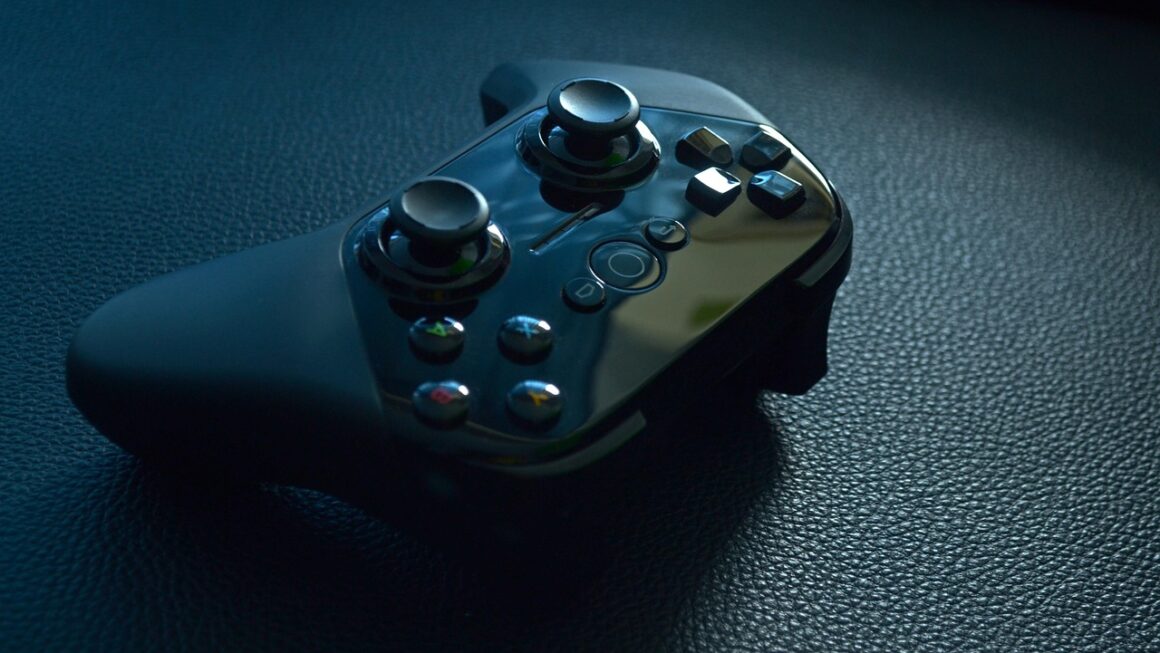Mechanical keyboards have surged in popularity, moving from niche enthusiast circles to mainstream acceptance. Gamers, programmers, writers, and even everyday computer users are discovering the satisfying tactile feedback, durability, and customization options that mechanical keyboards offer. But with a vast array of switches, keycaps, and layouts, choosing the right one can feel overwhelming. This comprehensive guide will demystify mechanical keyboards and help you find the perfect fit for your needs.
What is a Mechanical Keyboard?
How Mechanical Keyboards Differ from Membrane Keyboards
The primary difference between mechanical and membrane keyboards lies in their switch mechanism. Membrane keyboards use a rubber dome that, when pressed, completes an electrical circuit on a membrane layer. Mechanical keyboards, on the other hand, feature individual mechanical switches under each keycap. These switches utilize physical parts like springs, stems, and housings to register a keypress, providing a distinct tactile and auditory feedback.
- Membrane Keyboards:
Cheaper to produce.
Often quieter.
Less durable.
Muddier feel.
- Mechanical Keyboards:
More expensive.
More durable (rated for millions of keystrokes).
Offer a variety of tactile feedback options.
Customizable.
A mechanical keyboard switch is rated for between 50 million and 100 million keystrokes, whereas a membrane keyboard’s life span is usually between 5 and 10 million. This durability is a significant factor driving the increased adoption of mechanical keyboards.
Benefits of Using a Mechanical Keyboard
Mechanical keyboards offer several advantages over their membrane counterparts:
- Tactile Feedback: Distinct tactile bump or click with each keypress, improving typing accuracy and speed.
- Auditory Feedback: Satisfying “click-clack” sound, preferred by many users. Note that silent switches exist, allowing for tactile feedback without the noise.
- Customization: Keycaps can be easily swapped for different materials, colors, and profiles. Switches can sometimes be replaced (hot-swappable keyboards).
- Durability: Significantly longer lifespan compared to membrane keyboards.
- N-Key Rollover (NKRO): Allows multiple keys to be pressed simultaneously without ghosting (where some key presses aren’t registered). Crucial for gaming.
- Reduced Fatigue: The precise and responsive switches can reduce strain on your fingers during long typing sessions.
- Improved Typing Speed and Accuracy: Many users report increased typing speed and fewer errors after switching to a mechanical keyboard.
Understanding Mechanical Keyboard Switches
Types of Mechanical Keyboard Switches
Switches are the heart of a mechanical keyboard, and they come in three main types:
- Linear: Smooth and consistent keystroke with no tactile bump. Examples include Cherry MX Red, Speed Silver, and Gateron Yellow. These are often preferred by gamers for their fast actuation.
Example: Cherry MX Red – popular for their light actuation force and smooth feel.
- Tactile: Provide a noticeable bump when the keypress is registered. Examples include Cherry MX Brown, Gateron Brown, and Zealios V2. Ideal for typists who want feedback without a loud click.
Example: Cherry MX Brown – a popular choice for its subtle tactile bump that provides feedback without being too loud.
- Clicky: Offer both a tactile bump and an audible click. Examples include Cherry MX Blue, Kailh BOX White, and Razer Green. Best for users who enjoy the distinct sound of a keyboard.
Example: Cherry MX Blue – known for its loud click and distinct tactile bump.
Key Characteristics: Actuation Force, Travel Distance, and Reset Point
Understanding these terms is crucial for selecting the right switch:
- Actuation Force: The amount of force required to press a key and register a keypress, measured in grams (g). Lighter switches require less force.
- Travel Distance: The total distance the key travels from its resting position to when the keypress is registered, measured in millimeters (mm).
- Reset Point: The point at which the key must be released before it can be pressed again.
For example, a Cherry MX Red switch has an actuation force of 45g and a travel distance of 4mm. A Cherry MX Blue switch has an actuation force of 50g, a travel distance of 4mm, and a tactile/clicky bump at 2mm.
Popular Switch Brands
- Cherry MX: The original and most well-known mechanical switch brand. Considered the industry standard.
- Gateron: Known for their smooth and affordable switches. Often preferred as an alternative to Cherry MX.
- Kailh: Offers a wide range of switches, including the BOX series known for their durability and water resistance.
- Razer: Develops switches specifically designed for Razer keyboards, often optimized for gaming performance.
- Zeal PC: Popular for high-quality, enthusiast-grade switches with unique feel and sound profiles.
Keyboard Layouts and Sizes
Common Keyboard Layouts: Full-Size, TKL, 75%, 60%
Keyboard layouts refer to the arrangement of keys on the keyboard. Here’s a breakdown of common sizes:
- Full-Size (104-key): Includes all standard keys, including the number pad, function row, and navigation cluster.
- Tenkeyless (TKL) or 80%: Omits the number pad, making it more compact.
- 75%: A more compact version of TKL, typically with the function row compressed and the navigation cluster rearranged.
- 60%: The most compact layout, removing the function row, navigation cluster, and number pad. Requires heavy use of function layers (using the Fn key to access missing keys).
Choosing the right layout depends on your needs and desk space. Full-size keyboards are suitable for users who frequently use the number pad, while smaller layouts are ideal for portability and saving space. TKL keyboards are a great compromise for those who want a more compact keyboard without sacrificing too much functionality.
Ergonomic Considerations
Ergonomics is important to consider when choosing a keyboard. Some ergonomic features include:
- Split keyboards: Separated into two halves, allowing for a more natural hand position.
- Curved keyboards: Designed to reduce wrist strain.
- Adjustable tilt: Allows you to customize the angle of the keyboard.
- Wrist rests: Provide support for your wrists.
Using an ergonomic keyboard can help prevent Repetitive Strain Injuries (RSIs) such as carpal tunnel syndrome.
Wired vs. Wireless Mechanical Keyboards
- Wired: Provide a stable and reliable connection. Often preferred by gamers for their low latency.
- Wireless: Offer greater flexibility and portability. Use Bluetooth or a 2.4 GHz wireless receiver. Battery life is a consideration.
Wireless mechanical keyboards have become increasingly popular, with many models offering performance comparable to wired keyboards. However, wired keyboards still offer the lowest latency, making them the preferred choice for competitive gaming.
Keycaps and Customization
Keycap Materials: ABS vs. PBT
Keycaps are the plastic caps that sit on top of the switches. The two most common materials are ABS and PBT:
- ABS (Acrylonitrile Butadiene Styrene):
More common and cheaper.
Smoother texture.
Prone to shine over time from finger oils.
- PBT (Polybutylene Terephthalate):
More durable and resistant to shine.
Textured feel.
* More expensive.
PBT keycaps are generally preferred for their durability and resistance to shine. However, ABS keycaps offer a wider range of colors and designs.
Keycap Profiles: OEM, Cherry, DSA, SA
Keycap profile refers to the shape and height of the keycaps. Common profiles include:
- OEM: The most common profile, found on most stock keyboards.
- Cherry: Similar to OEM but slightly shorter.
- DSA: Uniform profile, meaning all keycaps are the same height and shape.
- SA: Tall, sculpted profile with a retro look.
Choosing the right keycap profile is a matter of personal preference. Some users prefer the sculpted feel of OEM or Cherry profiles, while others prefer the uniform look of DSA profiles. SA profile keycaps provide a unique typing experience, but may take some getting used to.
Customization Options
Mechanical keyboards offer a vast array of customization options:
- Keycap sets: Change the look and feel of your keyboard.
- Switches: Replace the switches for a different typing experience (requires a hot-swappable keyboard).
- Cables: Upgrade the cable with a custom coiled cable.
- Keyboard cases: Replace the keyboard case for a different look and feel.
- Dampeners: Reduce the noise of the keyboard.
Customization allows you to personalize your mechanical keyboard to your exact preferences.
Maintaining Your Mechanical Keyboard
Cleaning Your Keyboard
Regular cleaning is essential for maintaining your mechanical keyboard:
- Remove keycaps: Use a keycap puller to remove the keycaps.
- Clean the keyboard plate: Use compressed air or a vacuum to remove dust and debris.
- Clean keycaps: Wash the keycaps with warm soapy water and dry them thoroughly before reinstalling.
- Optional: Use a brush to clean the switches themselves.
Cleaning your mechanical keyboard regularly will help prevent dust and grime buildup, ensuring optimal performance and longevity.
Troubleshooting Common Issues
- Key not registering: Check if the switch is damaged or if there is debris obstructing the switch. Try reseating the keycap.
- Sticky keys: Clean the keycap and the switch. If the problem persists, the switch may need to be replaced.
- Ghosting: Ensure that your keyboard has N-Key Rollover (NKRO).
- Backlight issues: Check the keyboard’s software or manual for instructions on adjusting the backlight settings.
By following these troubleshooting steps, you can resolve most common issues with your mechanical keyboard.
Conclusion
Mechanical keyboards offer a superior typing experience compared to membrane keyboards, thanks to their tactile feedback, durability, and customization options. By understanding the different types of switches, layouts, and keycaps, you can choose a mechanical keyboard that perfectly suits your needs and preferences. Whether you’re a gamer, programmer, or writer, investing in a mechanical keyboard can significantly enhance your productivity and enjoyment. Embrace the world of mechanical keyboards and experience the difference for yourself!




